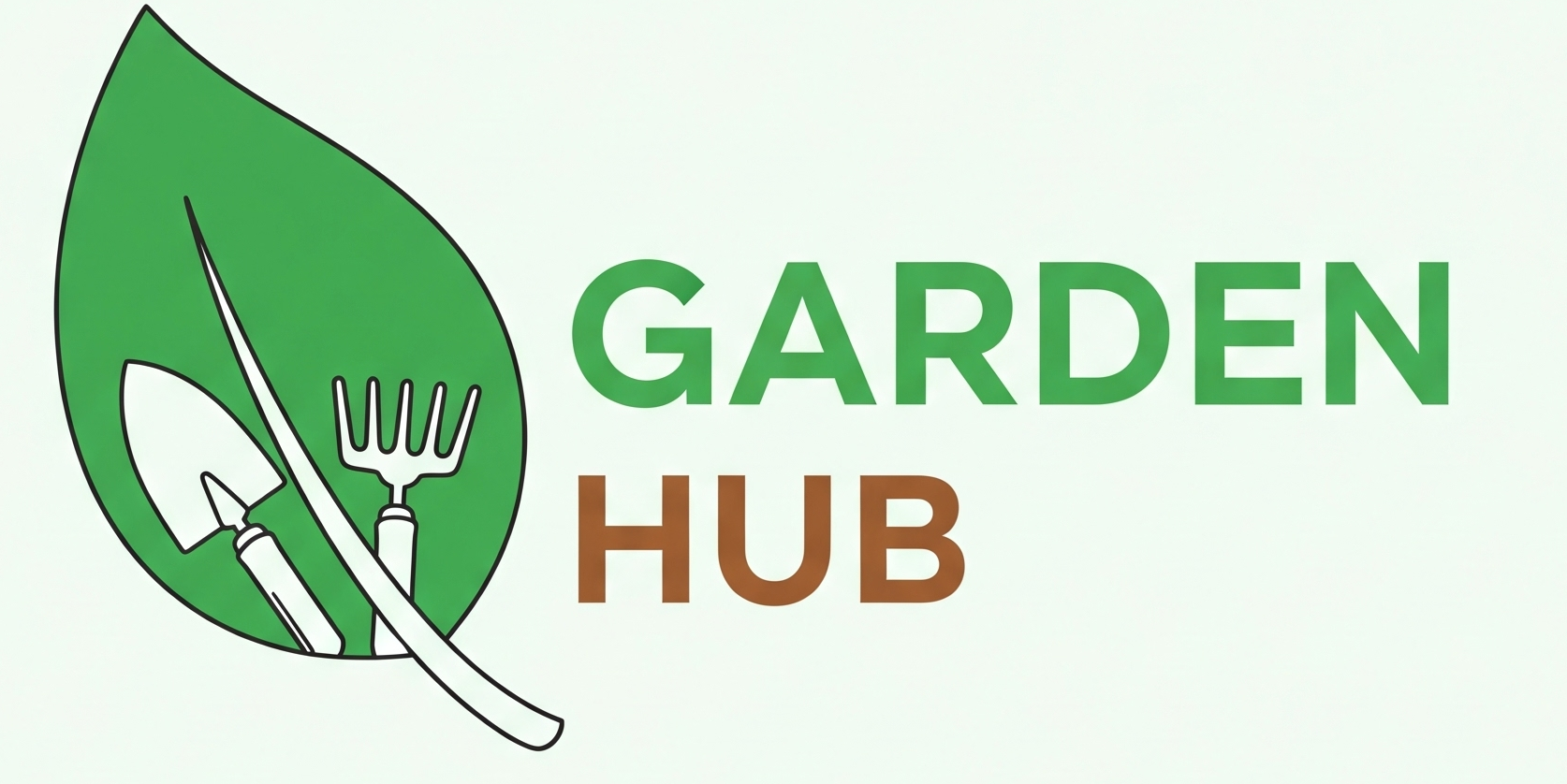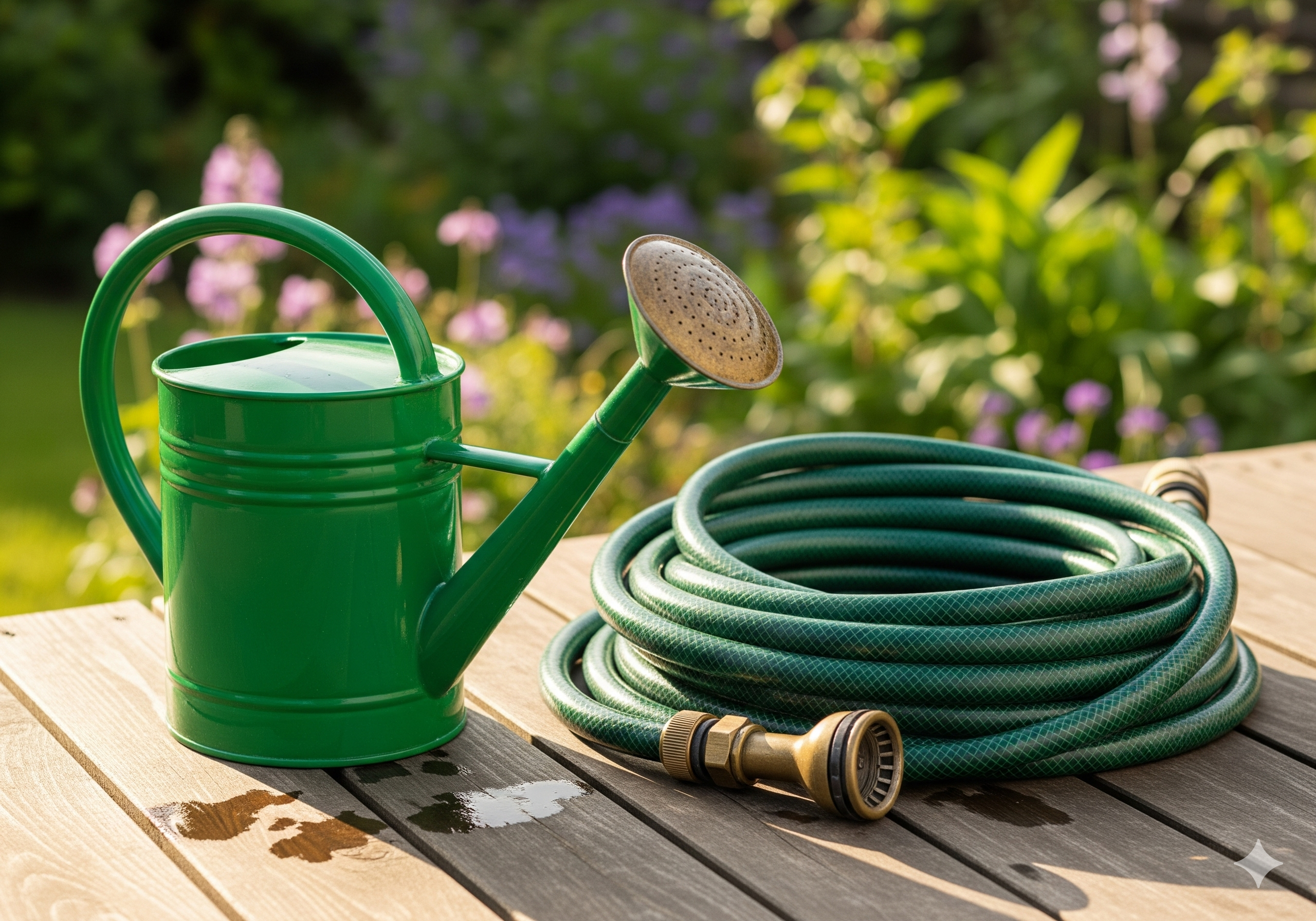One of the most crucial things a gardener or plant owner can do is water their plants. It’s critical to make sure your plants receive the proper amount of water in the appropriate manner. Although water is essential, the right instrument can make all the difference when it comes to watering plants. The plants may be harmed by improper use, overwatering, or inadequate moisture. Knowing which watering equipment is ideal for the task at hand is crucial.
The advantages, applications, and optimal times to utilize each of the many instruments used for plant watering will be covered in this article. Regardless of your level of experience, knowing the many ways to water your plants can help you create happier, healthier plants.
Why Watering Tools Matter
While watering plants is necessary for their growth, the timing and method of watering are equally crucial. varying plants require varying amounts of water, and using the incorrect watering method can harm a plant. While too little water might cause dehydration, too much water can drown the roots. Having the proper equipment to water your plants is essential to preventing these issues.
You can water your plants accurately and suitably if you have the suitable watering tool. For example, outdoor vegetable gardens may need a big, soaking rain, while delicate inside plants may need a gentle, controlled watering. By ensuring that the water reaches the roots and does not harm them, selecting the appropriate tool contributes to the maintenance of plant health.
Depending on the kind of plants you have and the conditions in which they develop, different instruments provide different kinds of water distribution, which can be particularly useful. The ideal tool for your needs will depend on a number of factors, including the size of your garden, the size of your plants, and how often you water it.
Common Tools for Watering Plants
1. Watering Can
The watering can is one of the oldest and most widely used tools for watering plants. Its simple design makes it easy to use and highly efficient, especially for smaller spaces like apartments, balconies, and small gardens. A watering can typically has a long spout, which helps direct the water precisely where you need it. Some models even come with detachable spouts, allowing you to adjust the flow of water to suit your needs.
Benefits:
Watering cans are lightweight, portable, and easy to control. They allow you to water plants individually and are ideal for potted plants, small flower beds, and indoor plants. The spout can be adjusted for a more controlled watering, which makes it perfect for delicate plants that need a gentle shower.
When to Use It:
Use a watering can for small garden areas or individual plants. It’s also great for indoor plants, as you can water them gently and precisely without worrying about spilling water on your floors. If you have a small collection of plants that need regular care, a watering can is an excellent tool to use.
2. Garden Hose
For larger gardens or outdoor spaces, a garden hose is a must-have tool. Unlike a watering can, which only waters one plant at a time, a garden hose allows you to cover a larger area quickly. Many garden hoses come with adjustable spray nozzles that let you change the pressure of the water, which is helpful for different types of plants and garden beds.
Benefits:
A garden hose is highly versatile, as it allows you to water large areas quickly and efficiently. You can choose between different spray patterns, such as a fine mist or a heavy stream, depending on the type of watering your plants require.
When to Use It:
Garden hoses are best for larger gardens, lawns, and outdoor spaces. If you need to water many plants at once, especially in an open space, a hose is the most efficient way to get the job done. For lawns, flower beds, and vegetable gardens, a garden hose provides the coverage you need.
3. Spray Bottle
A spray bottle is perfect for watering delicate plants or plants that require a light misting. It is a small tool that can be used to lightly mist the leaves of plants, which is especially important for plants that require high humidity. A spray bottle is also useful for smaller plants or seedlings that do not need a lot of water but benefit from moisture on their leaves.
Benefits:
Spray bottles are affordable, easy to use, and great for providing gentle misting to your plants. They are especially beneficial for indoor plants that thrive in humidity, such as ferns, orchids, and air plants. Using a spray bottle helps ensure that your plants’ leaves stay hydrated without overwhelming them with too much water.
When to Use It:
Spray bottles are ideal for plants that need high humidity or for misting small pots of seedlings. If you have tropical plants or plants that grow well in humid environments, misting them with a spray bottle regularly can help them thrive.
Advanced Tools for Watering Plants
4. Drip Irrigation System
A drip irrigation system is a more advanced tool for watering plants, but it is a very efficient one. This system consists of pipes or hoses that are set up to drip water slowly at the base of each plant. The system delivers water directly to the plant roots, which helps minimize water waste and ensures that the plant gets the hydration it needs.
Benefits:
Drip irrigation systems are highly efficient and reduce water waste. They are great for gardens with many plants, as the system can be set up to water your plants automatically, saving you time and effort. The system can also be connected to a timer, so your plants will be watered regularly even if you’re not home.
When to Use It:
Drip irrigation systems are ideal for large gardens, vegetable patches, or flower beds. If you have a lot of plants that need consistent watering, this system will take care of the job without requiring too much attention. Drip irrigation is also great for water-efficient gardening.
5. Soaker Hose
A soaker hose is a simpler version of a drip irrigation system, but it is just as effective. This type of hose is porous, allowing water to seep out slowly along its length. It is laid along the base of plants or garden beds and provides consistent, even watering.
Benefits:
Soaker hoses are easy to set up and use. They are ideal for evenly watering garden beds, especially when the plants are spaced out. A soaker hose also prevents overwatering by delivering water directly to the soil, rather than spraying it over the leaves, which can promote fungal growth.
When to Use It:
Use a soaker hose for garden beds or long rows of plants. It’s a good choice for areas with multiple plants, as it ensures even watering without needing to manually water each individual plant.
6. Automatic Watering System
An automatic watering system is the ultimate solution for busy gardeners or people who travel often. These systems are programmable and allow you to set specific times for watering your plants. They can be connected to a hose or water source and typically come with multiple settings for different types of plants.
Benefits:
Automatic watering systems are highly convenient, as they save you time and ensure that your plants get consistent care. These systems are ideal for large gardens or multiple plants, as they can water your plants at a set time each day. Many systems also have sensors to detect soil moisture, ensuring that plants are watered only when they need it.
When to Use It:
Use an automatic watering system for large gardens or areas with many plants. If you travel frequently or can’t be at home to water your plants every day, an automatic watering system ensures that your plants receive regular hydration without the need for manual intervention.
How to Choose the Right Watering Tool
Choosing the right watering tool depends on several factors, including the size of your garden, the type of plants you have, and how much time you can dedicate to watering. Here are a few guidelines to help you select the best tool for your needs:
- Size of the Area:
For small indoor plants or a few pots, a watering can or spray bottle is ideal. For larger outdoor gardens, a garden hose or drip irrigation system is better suited. - Type of Plants:
Some plants need frequent watering, while others only require a light mist. Consider the needs of your plants when choosing a watering tool. Tropical plants may need a spray bottle, while vegetables might benefit from a drip irrigation system. - Watering Schedule:
If you have a busy lifestyle and can’t water your plants daily, an automatic watering system or drip irrigation system is perfect. These tools ensure that your plants get watered even when you’re not around. - Ease of Use:
Consider how comfortable and easy the tool is to use. For small plants, a watering can may be enough, but if you have a large garden, a hose or drip system will save you time.
Watering your plants properly is essential to their health, and the right tools can make the process much easier. From simple watering cans to advanced automatic systems, each tool has its benefits and is suited for different types of plants and garden sizes. The key is to choose the right tool based on your specific needs and the type of plants you have.
By understanding the different watering tools available, you can ensure that your plants receive the right amount of water, in the right way, at the right time. Happy gardening!
Frequently Asked Questions (FAQs)
1. How often should I water my plants?
The frequency of watering depends on the type of plant, the size of the pot, and the weather. Most plants need watering when the top of the soil feels dry to the touch.
2. Can I use a garden hose indoors?
It’s not ideal to use a garden hose indoors as it can be difficult to control and might create a mess. Use a watering can or spray bottle for indoor plants.
3. How do I know if I’m overwatering my plants?
Signs of overwatering include yellowing leaves, root rot, and a musty smell from the soil. Always check the soil before watering.
4. Can I leave my automatic watering system running while I’m away?
Yes, you can set up an automatic watering system to run while you’re away. Make sure the system is set to water your plants correctly without overwatering them.
5. What’s the best tool for watering a large garden?
For large gardens, a garden hose, drip irrigation system, or soaker hose is ideal. These tools can cover a larger area and water many plants at once efficiently.

